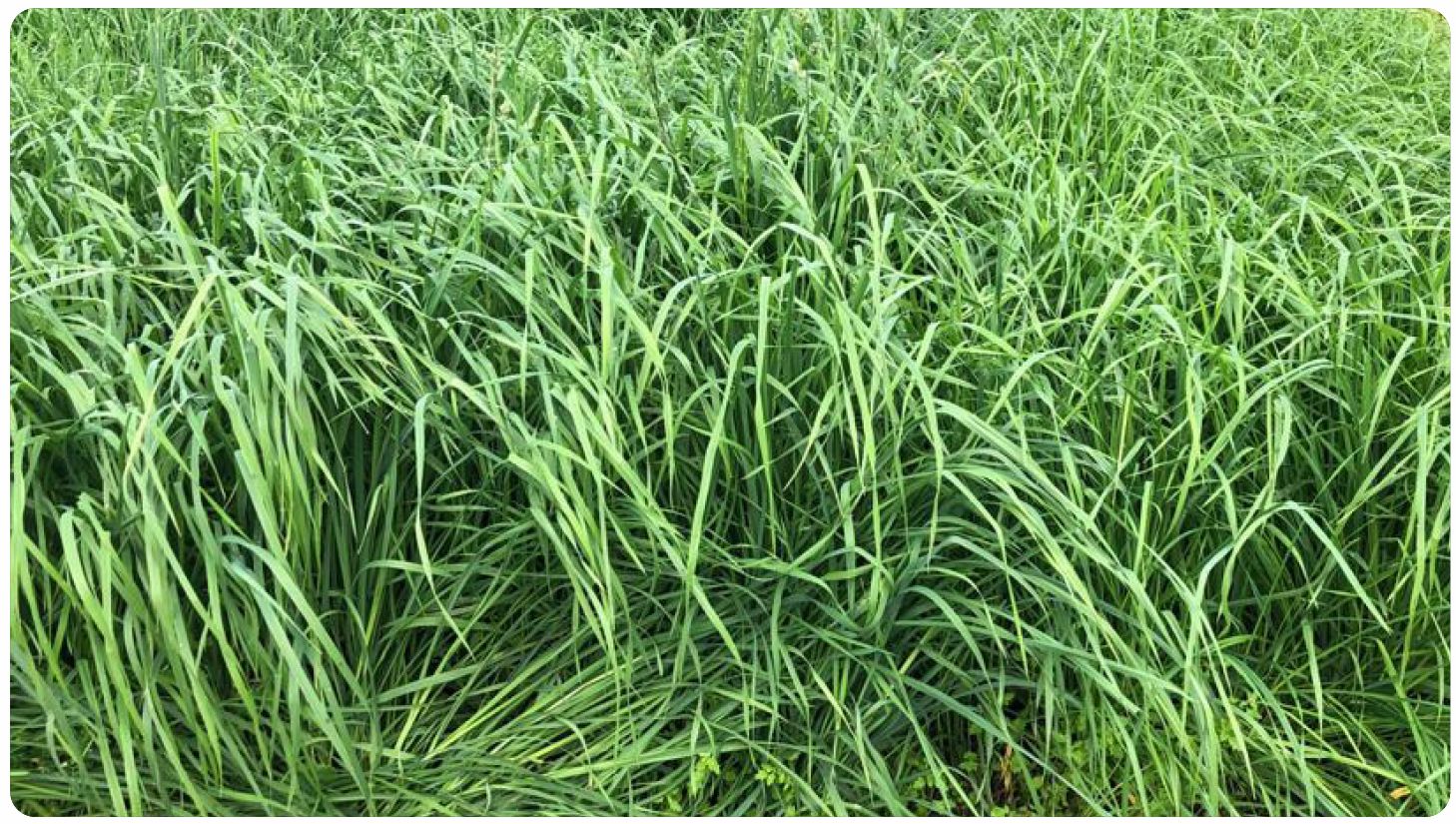Get in Touch
Contact Us
National team

Find Your Local Sales Agronomist
Aurus is an upright, summer active cocksfoot with strong winter growth and a parentage that combines Uruguayan and French genetics. This combination provides both good winter growth and overall total yield. For a cocksfoot, Aurus displays strong seedling vigour and establishment and with its upright growth habit is well suited to being sown with clover or lucerne mixed pasture swards.
Being a continental cocksfoot, it has very good drought tolerance compared to many other perennial grass species and excellent reseeding ability. Aurus cocksfoot is a very persistent grass when sown in appropriate rainfall zones with the ability to provide important forage production after tough dry periods and during cooler times of the year.
Pasture seed sowing rate (sole): 8-10kg/ha
Pasture seed sowing rate (mixed): 4-6kg/ha

Pure swards of Aurus cocksfoot are suited to summer dry environments and should be sown at rates of 8-10 kg/ha (Ultrastrike® treated) with appropriate clovers and herbs. White clovers including Hilltop (small - medium leaf white clover) or Quartz (medium leaf white clover) along with Puna II chicory are well suited to mixed pasture swards with Aurus cocksfoot.
In a perennial ryegrass pastures, Aurus pasture seed can be included to improve summer production and persistence at rates of 4-6 kg/ha. Alternatively, cocksfoot dominated ryegrass mixtures with rates ranging from 4-10 kg/ha can be used to suit farm systems where cocksfoot is the desired dominant species. Due to its slower establishment cocksfoot pastures should be sown Ultrastrike® treated in early autumn or spring to ensure a rapid uniform establishment.
For pasture seed sowing rates specific to your farming needs, contact your local DLF Seeds Sales Agronomist here
Due to its slower establishment, early grazings of Aurus cocksfoot and ryegrass mixes should be frequent and light, using large mobs to reduce competition from the ryegrass.
Cocksfoot as a species needs regular grazings to manage seed head production and a compatible legume to support nitrogen requirements and maintain quality of the cocksfoot and overall pasture sward. It is important to select clovers suited to the environment and a soil nutrient status that supports legume growth and nitrogen fixation. Grazing management of the mixed pasture sward should focus on promoting growth of clover and removing cocksfoot seed heads.
For best results, maintain the pasture in a short and leafy state and consider the use of cattle and topping to remove excessive growth. Maintaining the sward in a short and leafy state should reduce the ‘clumping’ effect of cocksfoot. As a species cocksfoot is extremely responsive to nitrogen. To maximise production, an appropriate legume content and/ or strategic nitrogen applications are recommended to boost production.
Minimum 600mm rainfall per annum unless irrigated
